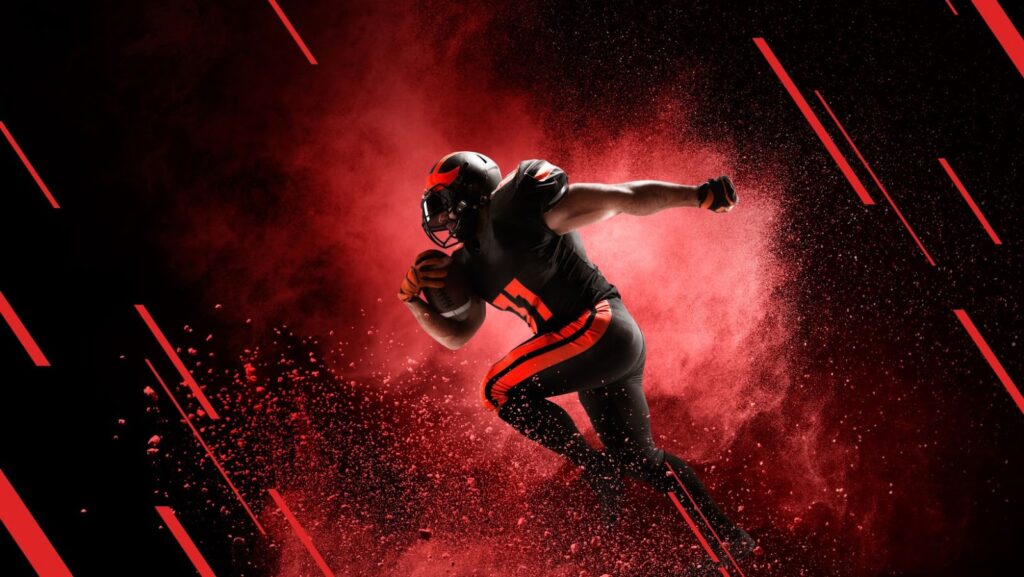Football has historically been a Sunday and Monday night sport. Thursday nights were originally reserved for high school and college football games. However, in 2006, the NFL created a new package of Thursday night games to be aired on cable television.
The NFL has cited several reasons for creating Thursday Night Football. First, they believe that the additional games will help grow the sport by giving fans more opportunities to watch football. Second, the NFL believes that playing games on Thursday nights will help generate more revenue for the league and help the massive betting industry with an influx of Thursday night football predictions.
Let’s look at how Thursday Night Football has grown since its inception in 2006.
The Early Years
The early years of Thursday Night Football were defined by experimentation and uncertainty. The first season, in 2006, consisted of just four games that aired on NFL Network. At the time, many football fans were skeptical about putting regular season games on a smaller network with limited reach, but those doubts were soon proven wrong. In fact, the ratings for the first few seasons of TNF were actually quite strong, especially for a brand-new show airing on a relatively unknown network.
Over time, TNF continued to evolve and find its footing, eventually migrating to more mainstream networks such as CBS and NBC. These new broadcasts brought increased publicity and popularity to Thursday Night Football, cementing it as one of the most popular shows on TV.
Move to Broadcast Television
Thursday Night Football has long been a staple of the American sports landscape, with fans tuning in each week to watch the intense action on the field. Recently, however, Thursday Night Football took a major leap, moving from its traditional home on cable TV to broadcast networks. This shift was largely driven by demand from viewers, who wanted to see more live football in their homes and on their devices. And while some critics worried that this change would lead to lower-quality broadcasts or audience fragmentation, these concerns have not been borne out so far. Instead, Thursday Night Football continues to be one of the most popular programs on TV, bringing millions of fans together each week for an exciting night of action and drama. So it seems clear that this shift was not only inevitable but also ultimately beneficial for both broadcasters and viewers alike.
Amazon Prime Video and the NFL
In April 2017, the NFL announced a partnership with Amazon Prime Video to air Thursday Night Football games worldwide. This marks the first time that TNF games will be streamed live on a digital platform, and it represents a major shift in how the NFL distributes its product. The move to Amazon Prime Video is also noteworthy because it gives the NFL access to a huge potential audience of international viewers. In fact, this deal could help the NFL expand its reach in countries where football is not currently as popular as it is in the United States.
The partnership between the NFL and Amazon Prime Video is relatively early, but it has already had a major impact on Thursday Night Football. By making TNF games available to a global audience, the NFL has taken a major step toward growing the sport of football. And as more and more people tune in to watch TNF on Amazon Prime Video, it seems likely that Thursday Night Football will continue to thrive for years to come.
Looking Ahead
Thursday Night Football has come a long way since its humble beginnings on NFL Network. Today, it is one of the most popular shows on TV, with millions of fans tuning in each week to watch the exciting action on the field.

And while there have been some changes along the way, such as the move to broadcast networks, the overall formula for success remains the same: give fans what they want and deliver an exciting product that keeps them coming back for more. So it seems clear that Thursday Night Football is here to stay and that its future is bright.



More Stories
The Art of Responsible Gambling: How to Enjoy Online Casinos Safely
The Role of Ergonomics in Designing User-Friendly Slot Interfaces
7 Tips to Negotiate With Insurance Adjusters After a Car Accident